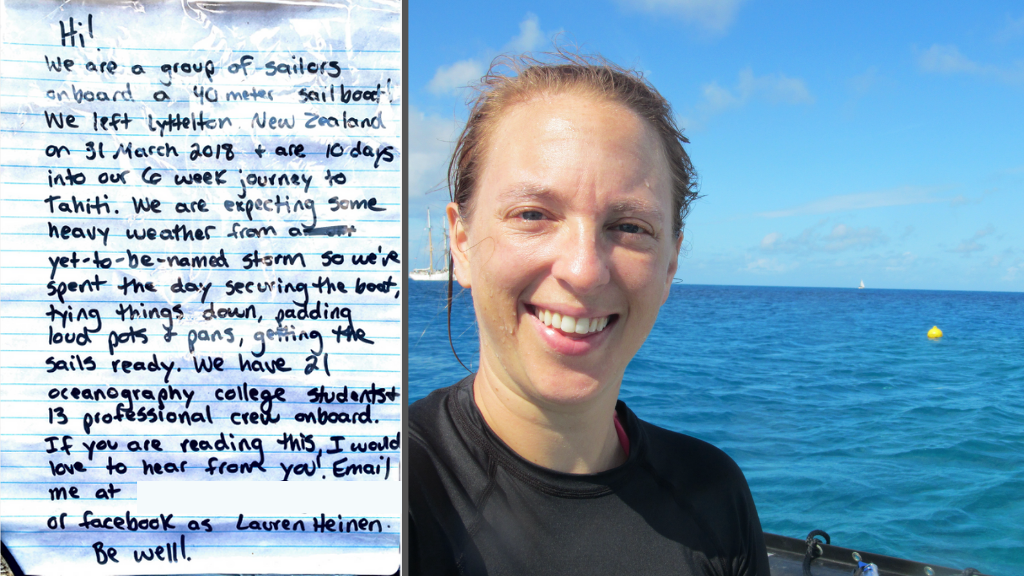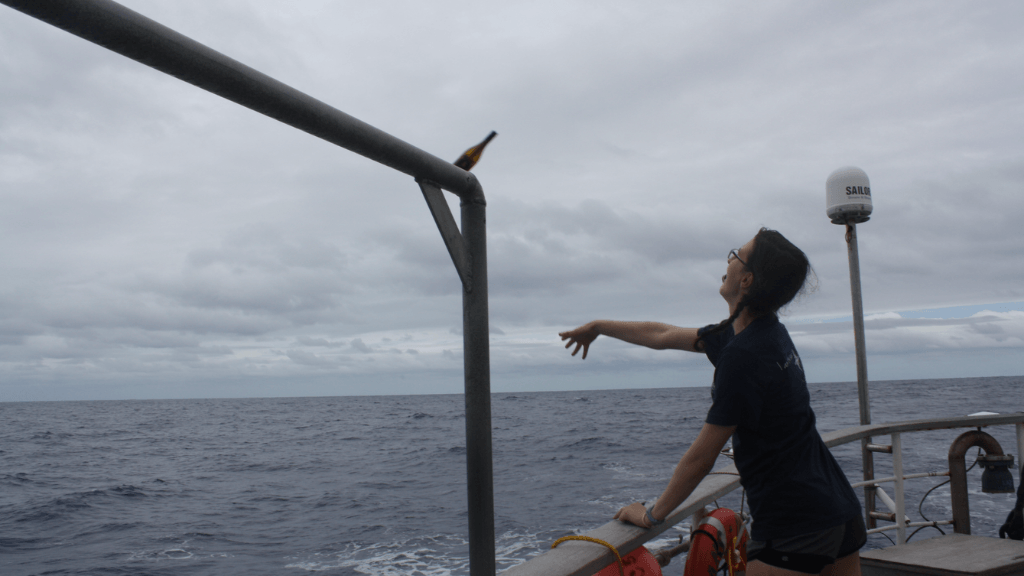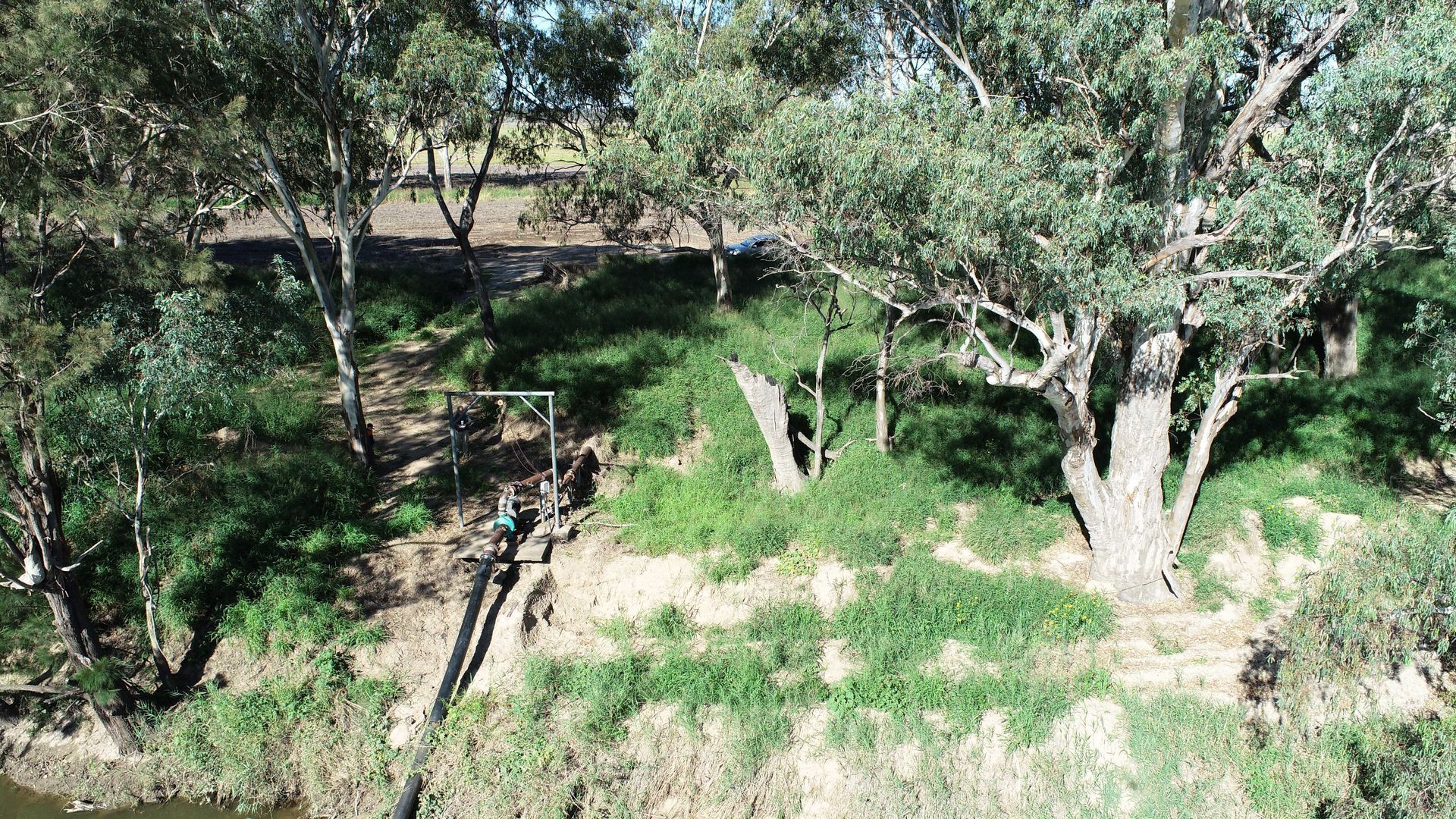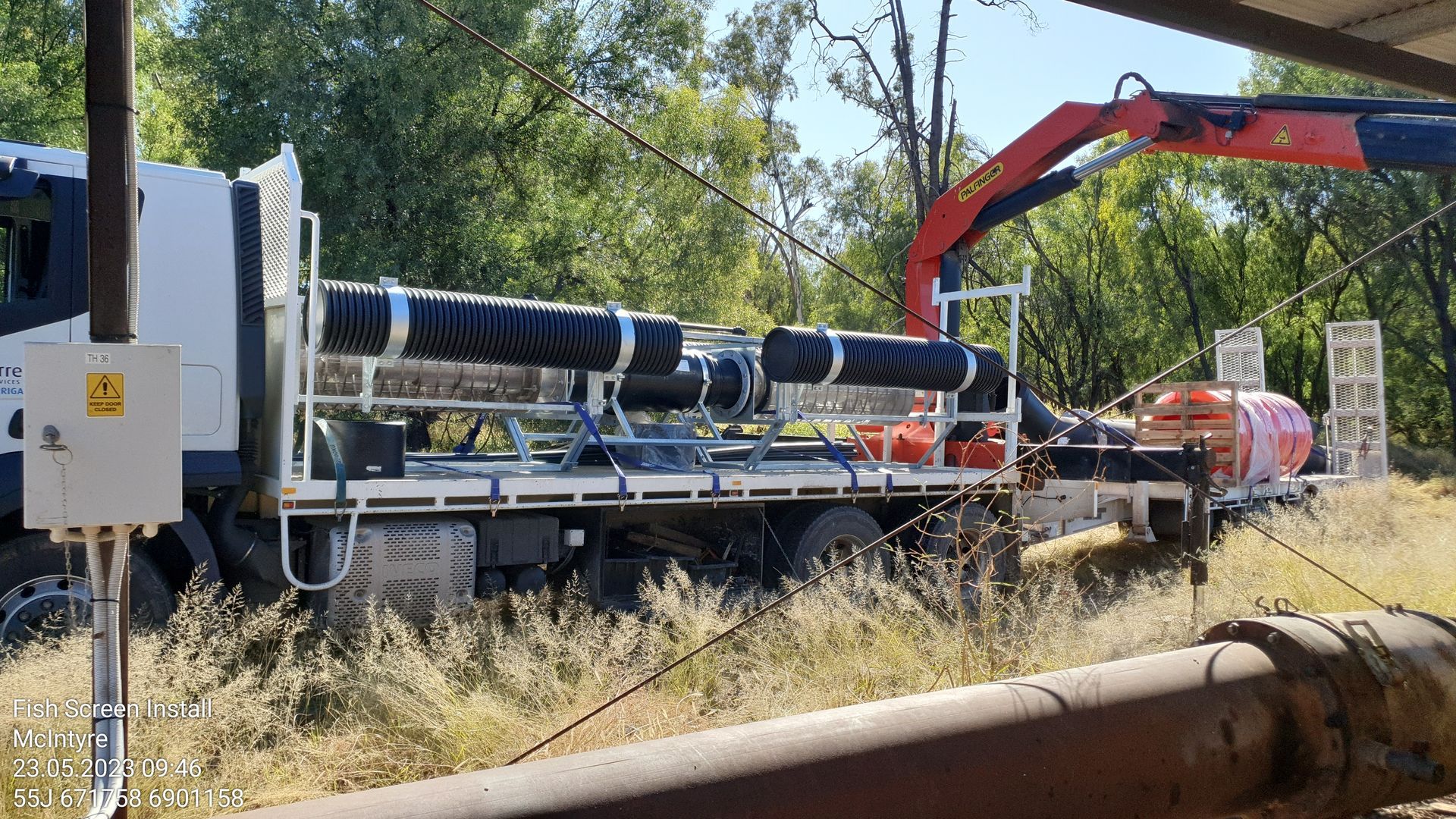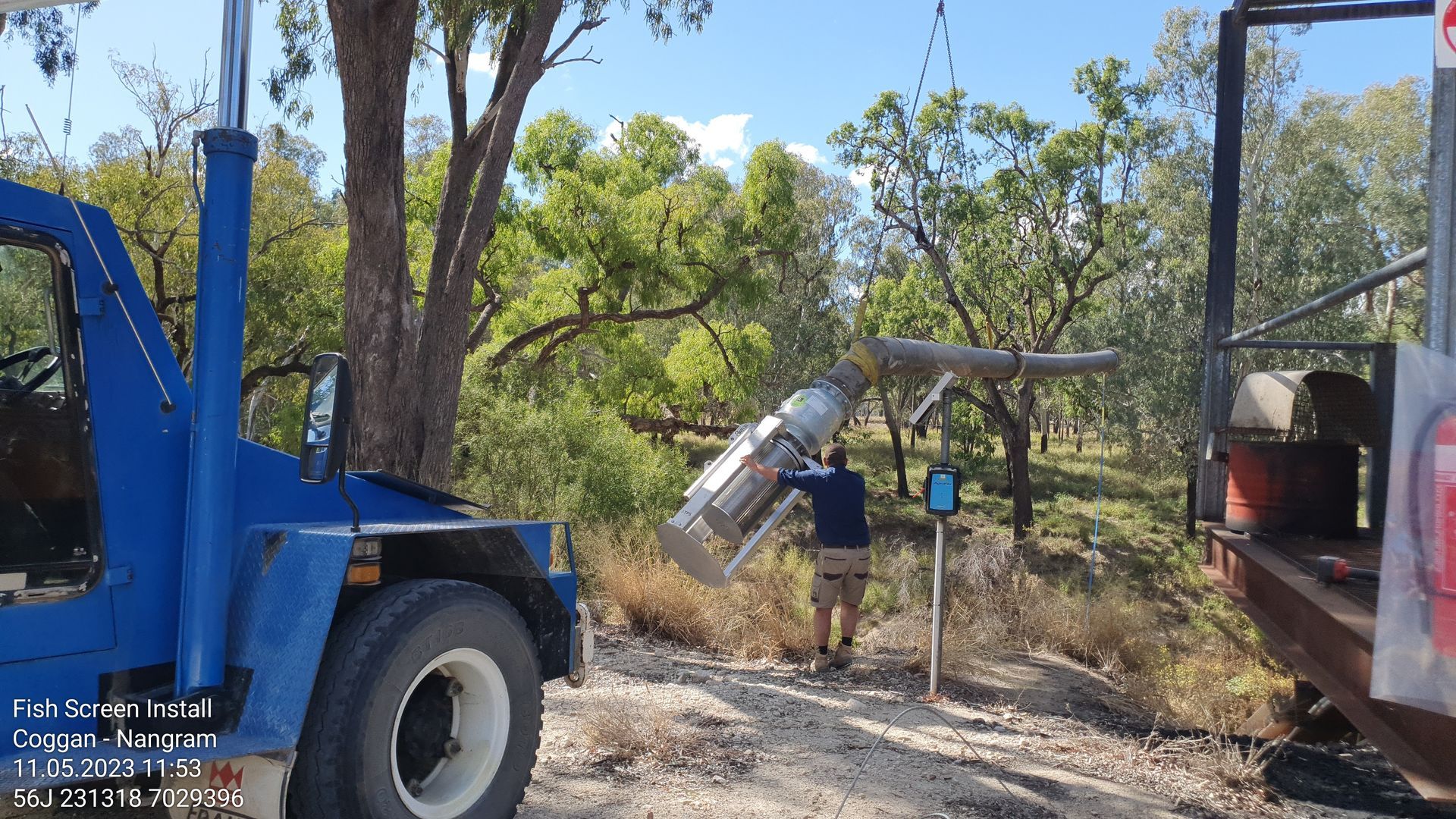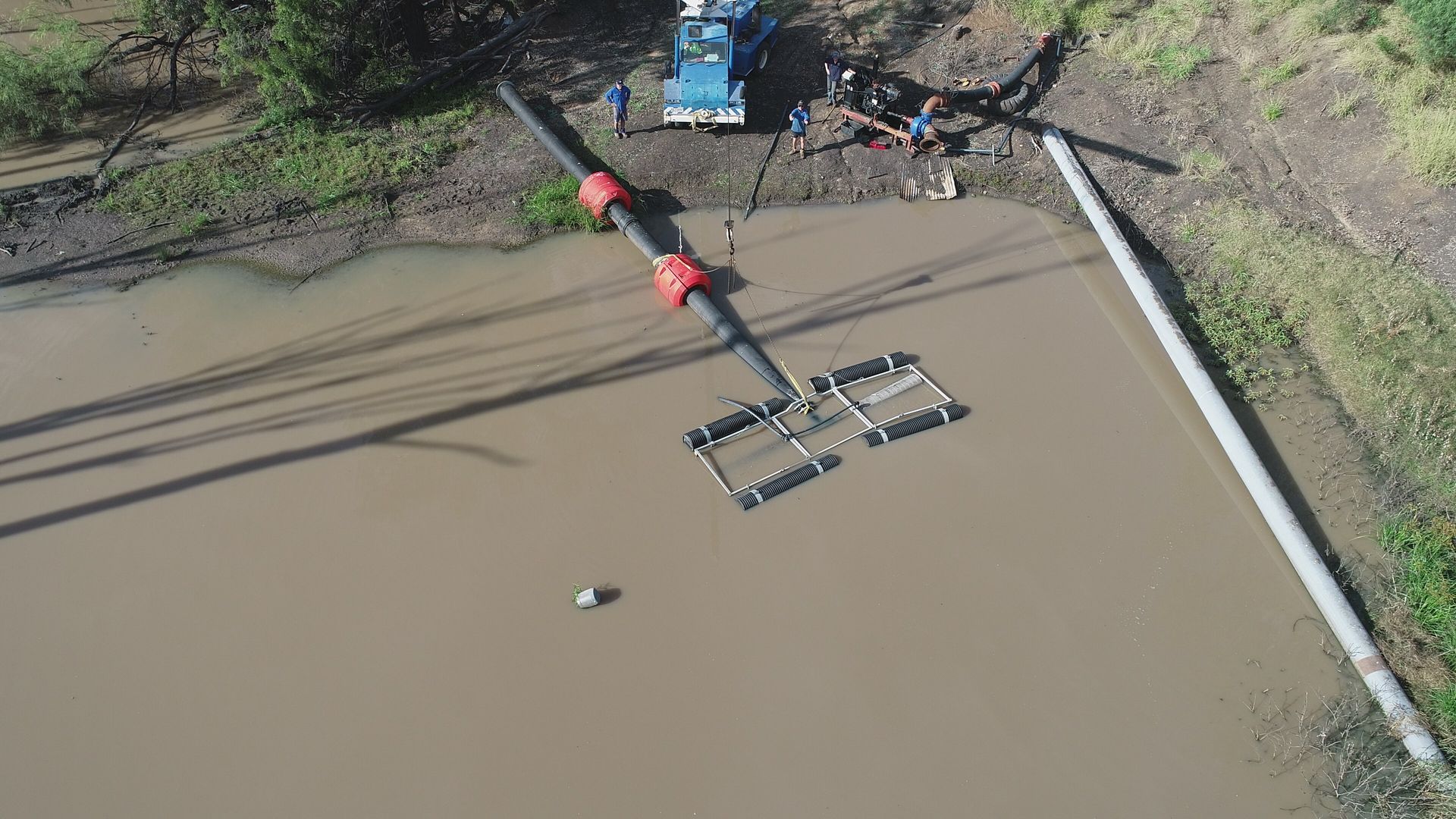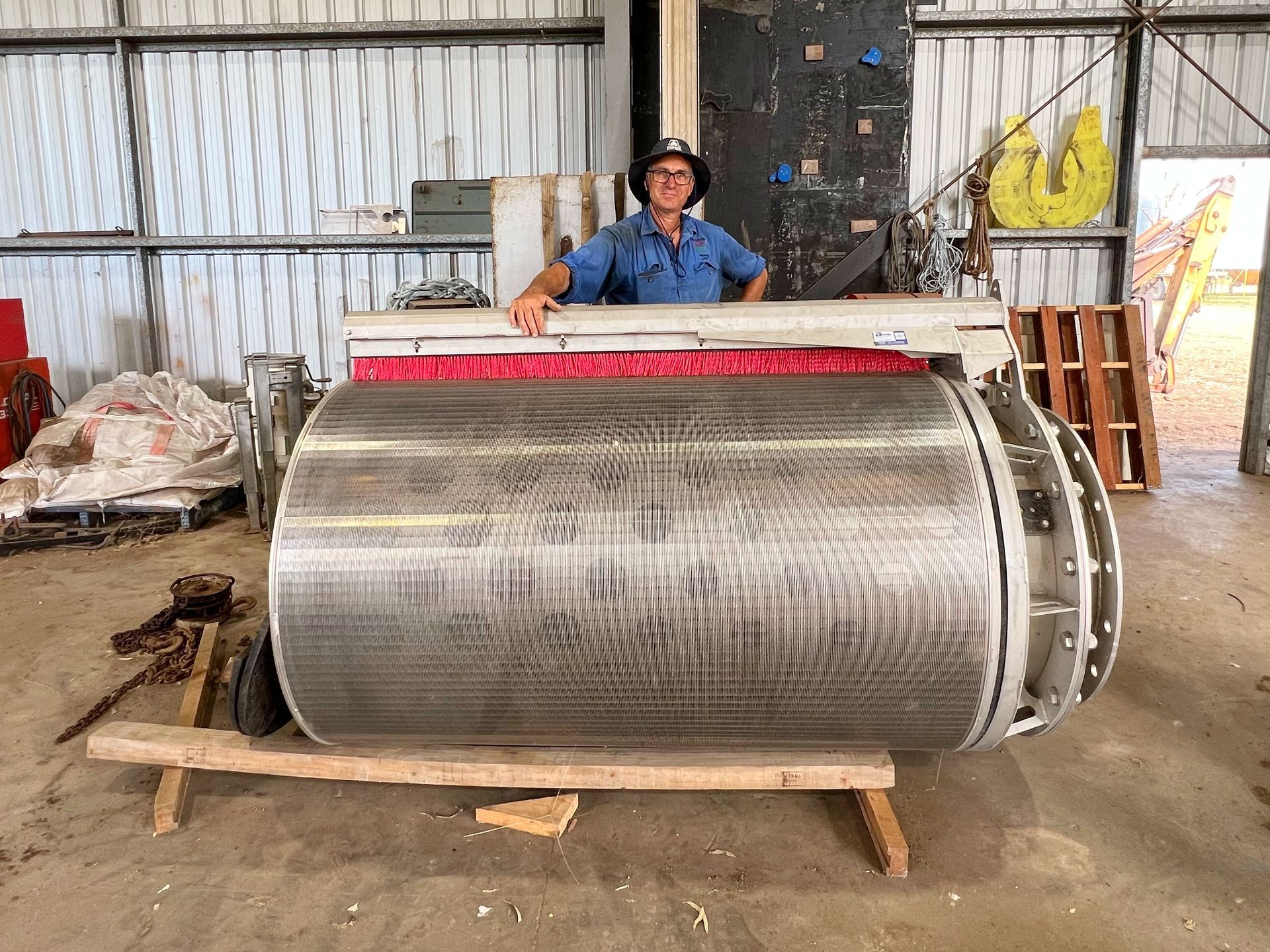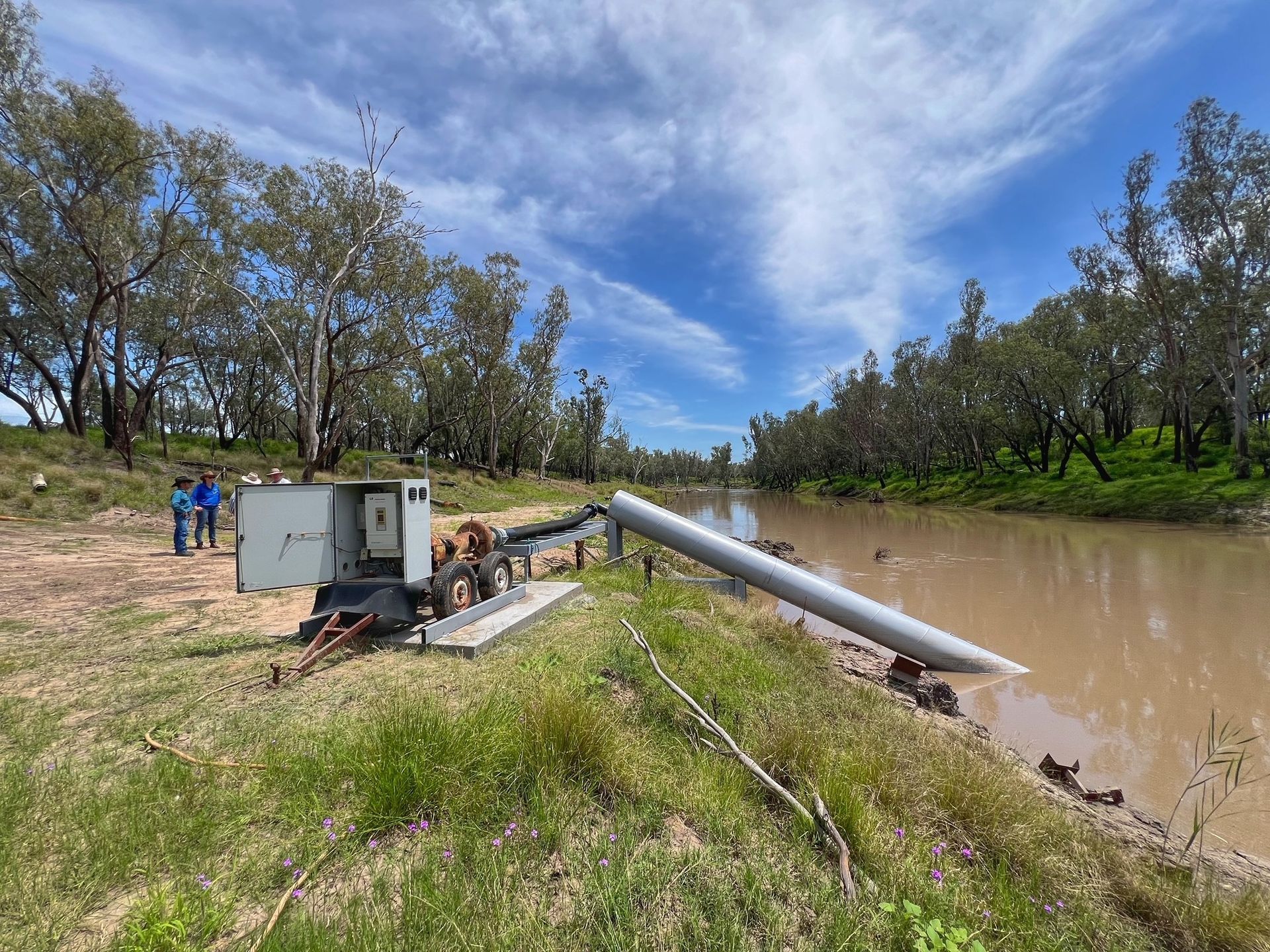Tom and Rocky Find Message in a Bottle
A red helicopter docks on top of damp, fine sand in the distance. Waves softly crash against the shore as a dog in a red and black vest scours sand dunes looking for fox dens. Today, it is his handler that makes the big find.
It is warm and sunny at Shoalwater Bay and Senior Project Officer Tom Garrett sets out with Rocky the conservation detector dog early in the morning to complete fox detection works along the beach.
Shoalwater Bay is a military training area off the coast of Rockhampton in Central Queensland. The base was established in 1965, and has been restricted to public access since then. The beach doesn’t see many visitors at all.
The area is known to attract debris; the result of tidal movements that suck all sorts of things onto the beach. Light bulbs, gas bottles, eskies, soccer balls and other miscellaneous items of rubbish discarded by vessels or caught up the tides.
Tom made his way along the waterline, peppered here and there with ocean debris. His eye caught something unusual and out of place glistening in the sun. As he moved closer, he noticed that it was an opaque glass bottle - and there was something inside it.
This was a rare find for Rocky and Tom. They’d worked beaches for years and heard stories of people finding a message in a bottle, but had never experienced it before, nor knew of someone who had.
Tom carefully unscrewed the bottle and removed the paper inside. On an A4 blue lined note, letters in black sharpie jumped from the page...
We are a group of sailors on board a 40 metre sailboat! We left Lyttelton, New Zealand on 31 March 2018 and are ten days into our six week journey to Tahiti. We are expecting some heavy weather from a yet to be named storm so we’ve spent the day securing the boat, tying things down, padding loud pots and pans, getting the sails ready. We have 21 oceanography college students and 13 professional crew onboard. If you are reading this, I would love to hear from you. [CONTACT EMAIL]
Tom pocketed the bottle and note and he and Rocky continued on their task of sweeping the bay for foxes.
Back at the office, Tom retraced his steps and shared his curious find with new staff member Alyssa Glover in the Communications team of SQ Landscapes. Alyssa set out to find the author of the letter - casting off an email to the address detailed on the note...and waiting like all good anglers wait for their catch.
Three days later, Alyssa received a reply to her email.
Lauren Heinen was a marine biology graduate when she boarded the Robert C. Seamans ship as a cook in 2018. Lauren and her 34 crew-mates were confined to a 40 metre space for 40 days studying plankton levels at different sea temperatures. The days were often long. Lauren said the journey from Lyttleton to Tahiti is the longest you can take without seeing land.
Inspired by stories from a previous ship captain and as a means of entertaining herself and communicating with the outside world, Lauren started writing letters during the long evenings. She would fold them up and seal them inside a bottle before throwing them into the sea next afternoon - and watching as the bottle drifted off beyond the horizon.
“I guess I wanted to see if I could have some kind of connection beyond my 34 crew-mates. A really distant connection; and having a message I’m sending out to the world feels like a broader connection,
“I thought, wouldn't it be a cool thing - what might happen,” Lauren said.
The bottle Tom found at Shoalwater Bay with Rocky was some 3,862 kms from where it was cast into the ocean 1,111 days earlier. The bottle’s journey was just short of the total 40 day journey the author Lauren had taken to Tahiti from New Zealand.
“I have thrown about 25 bottles over my eight years at sea and only ever heard responses from four of those messages. It was a shock, and very exciting when you got in contact. So far this is the longest time period between the bottle being thrown and being found,” Lauren said
“The first bottle was found in New Zealand a week or two later. All the others have been found a couple of weeks or months after throwing them into the ocean. It makes me wonder how long it was on the beach before someone found it,” Lauren said.
Lauren also encouraged other students aboard the Robert C. Seamans to join her in sending letters.
“It’s really exciting to hear from students when their bottles get picked up. It's kind of a fun community activity- writing messages and throwing them overboard.” Lauren said.
Now living in Wisconsin USA, Lauren reflected on her time aboard the Robert C. Seamans with great fondness - eager to get back out to sea once Covid restrictions ease.
“I feel like it's magic on both ends - the writing of it and preparing of it and getting together with other students and shipmates to throw it overboard - that's exciting, and then hearing from people who find it years later, that is really exciting,” Lauren said.
Without saying it in words, Tom conveyed the magic of his find at Shoalwater Bay. Although separated by distance, Tom’s remarkable find connects him with Lauren, the sailor who’s words would travel 3,862 kms in an opaque glass bottle, to deliver a message to a man and his conservation detector dog, three years in the future.
Tom now has a forever story to tell about his time at Shoalwater Bay, and Lauren found what she was always seeking for… a really distant connection.
Lauren Heinen (pictured) is the author of the note.
Oceanography student aboard the Robert C. Seamans, Haley Rogers (pictured), throws a bottle out to sea.
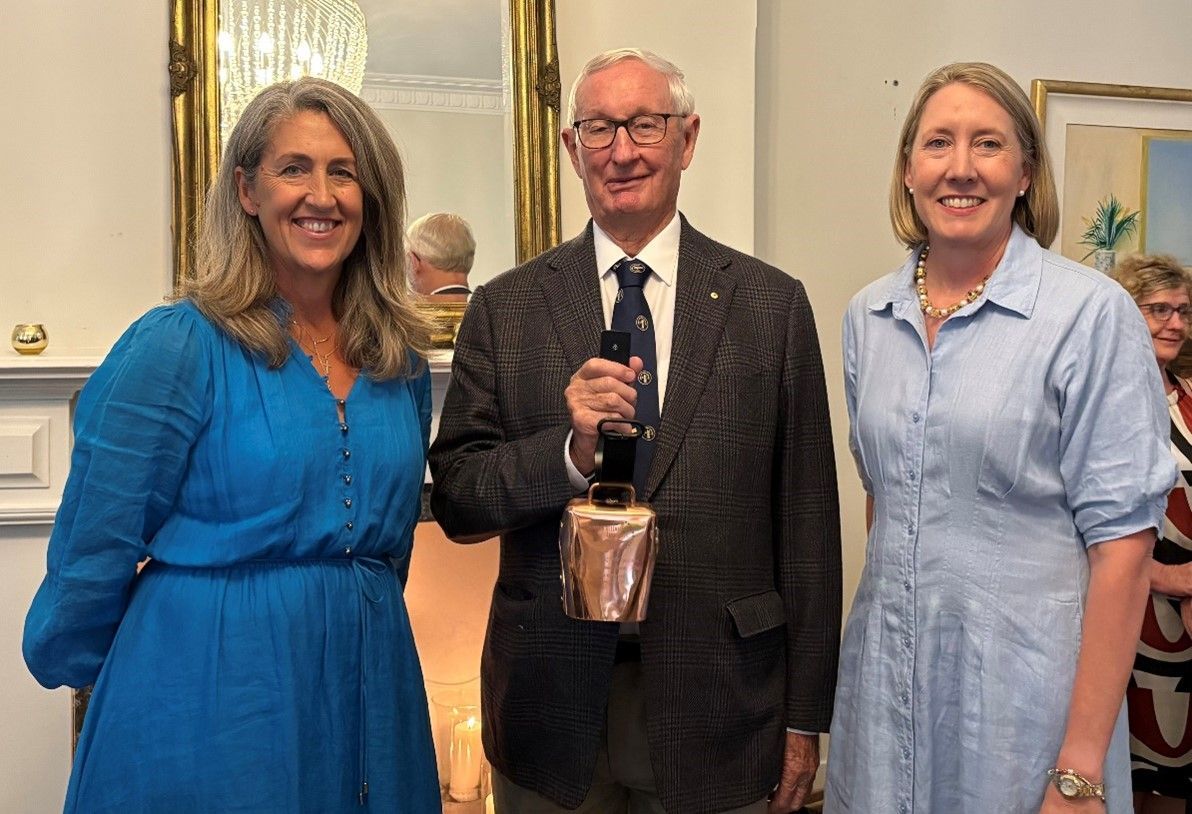
Southern Queensland Landscapes is seeking an experienced and influential Board Chair to lead a multi-skilled Board in managing natural resources across Southern Queensland. This is a 3-year remunerated role based in Toowoomba, QLD, with the flexibility to manage from anywhere in Southern QLD. The ideal candidate will bring: • Substantial experience leading diverse Boards • Strong relationship-building and leadership skills • Expertise in environmental and agricultural matters This role is an opportunity to shape the future of natural resource management, working closely with land managers, community leaders, and industry professionals. Are you ready to make an enduring impact? For more details and to apply, visit www.windsor-group.com.au/job/board-chair-natural-resources-peak-body or contact Mike Conroy at apply@windsor-group.com.au.
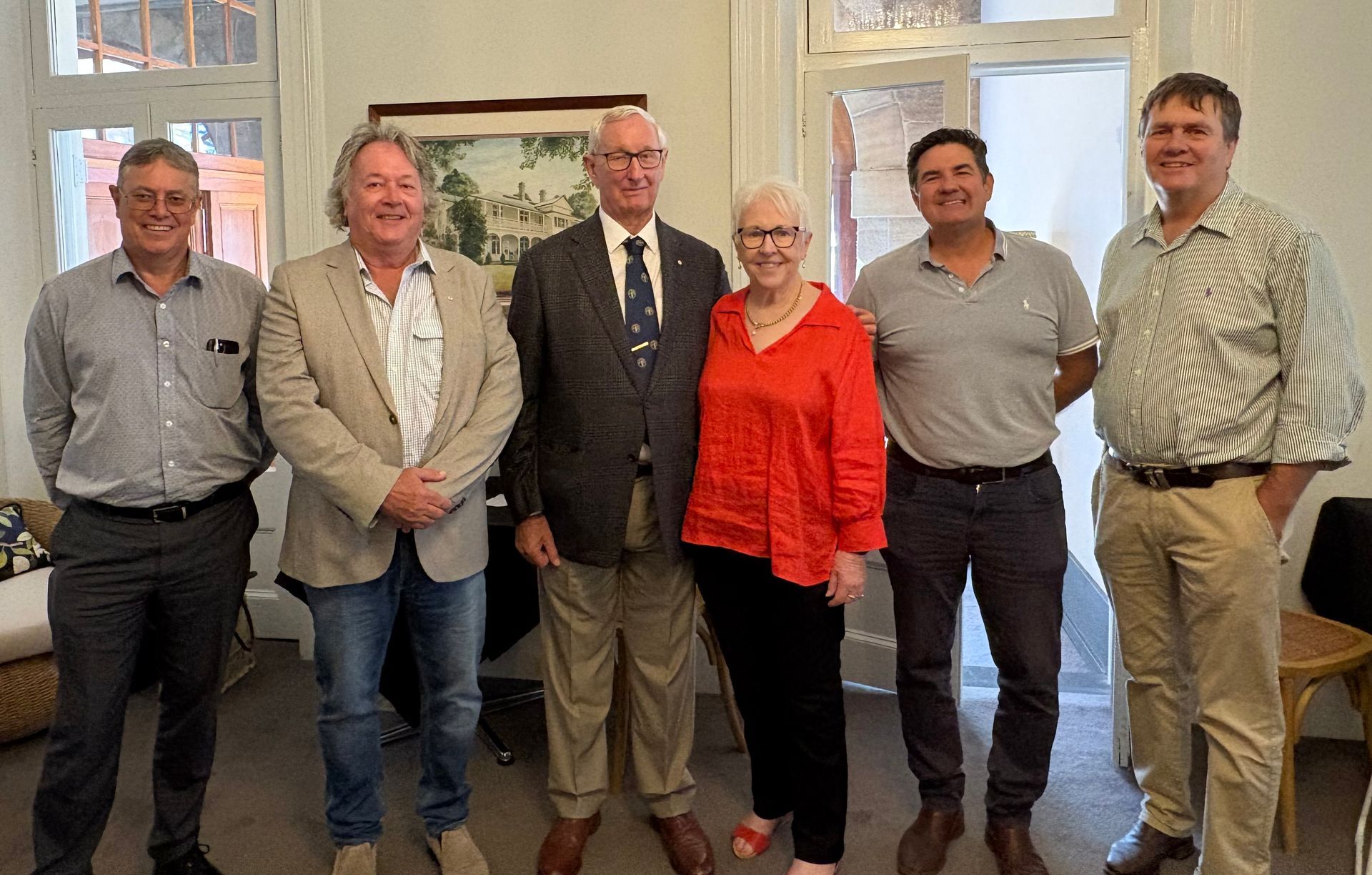
This week marked the final Board meeting for retiring Southern Queensland Landscape Chair, The Hon Bruce Scott AM. The Southern Queensland Landscapes Board hosted a function at Gip’s restaurant in Toowoomba, joined by past Directors, industry stakeholders and the Southern Queensland Landscapes Management team, where Bruce was warmly acknowledged and thanked. Bruce offered special thanks to his dear wife Joan for her support during his period of service to Southern Queensland Landscapes, in particular the warm country hospitality she has offered to many visitors to Roma. Bruce also recognised and thanked Southern Queensland Landscapes Company Secretary Pam Murphy, who has supported Bruce in his service to Southern Queensland Landscapes since the organisation’s inception.
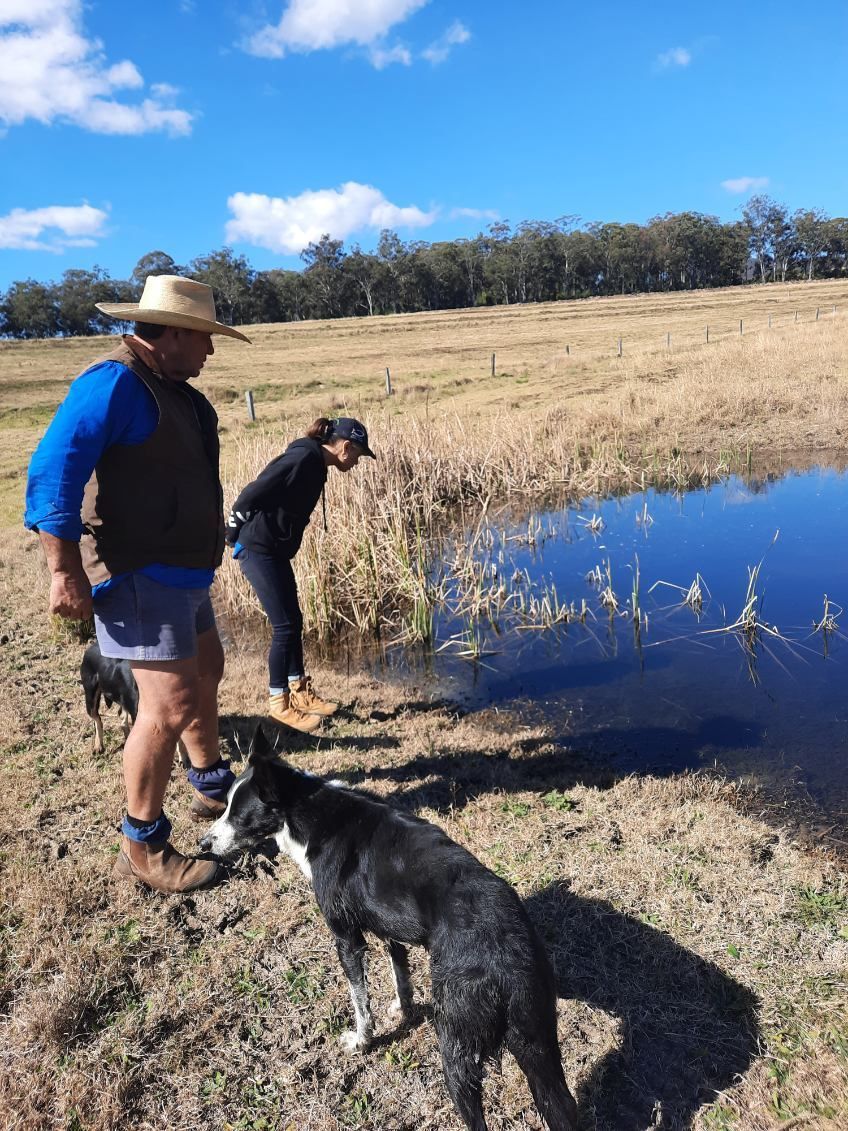
The Condamine Headwaters, a critical ecosystem in Southern Queensland, has long faced threats from sedimentation, habitat degradation, and thermal regime changes. The Blackfish Project, dedicated to reversing these impacts, unites scientists, landowners, and the community in a shared mission to restore and protect this vital environment. At its core lies the river blackfish, a sensitive indicator of the overall ecosystem health. Central to the project's success is the unwavering commitment of landowners like Paul Graham. Inspired by the project's vision, Paul reached out to SQ Landscapes seeking support for a solar pump and tank to divert his cattle away from waterways on his property. Paul's deep-rooted love for his land, captured in his humorous quip "I love my land more than I love my wife," is a testament to the powerful connection between people and place that drives conservation efforts.
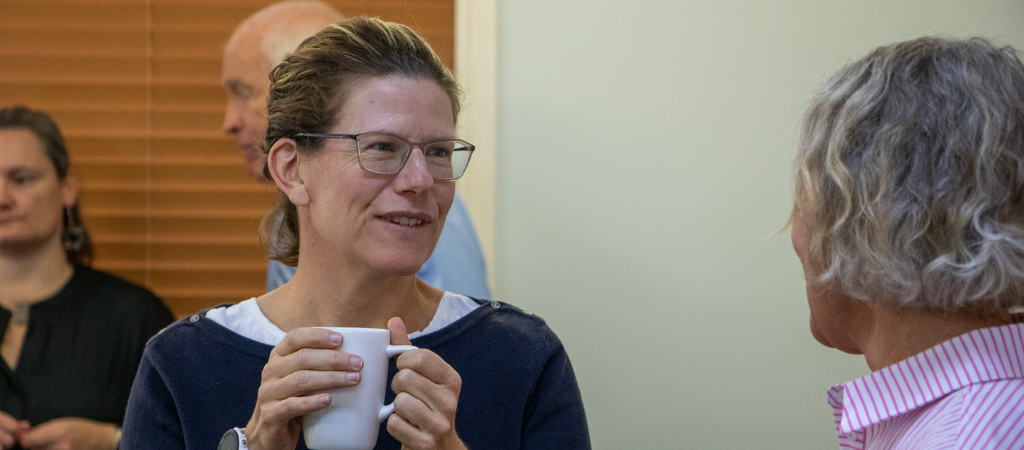
The Board of Southern Queensland Landscapes recently met in Toowoomba. In addition to the Board meeting, Board and Executive worked through updating SQ Landscapes’ strategy. Company Secretary Pam Murphy highlighted the importance of the latest Board meeting and what it means for the company’s future. “The updated strategy will help SQ Landscapes deliver sustainable natural resource management (NRM) outcomes that improve the lives of people in regional communities now and for the future,” Pam Murphy said. “We’re excited to continue delivering value for our region and build Flourishing Landscapes and Healthy Communities across Southern Queensland under the guidance of the Board,” Mrs Murphy said.

